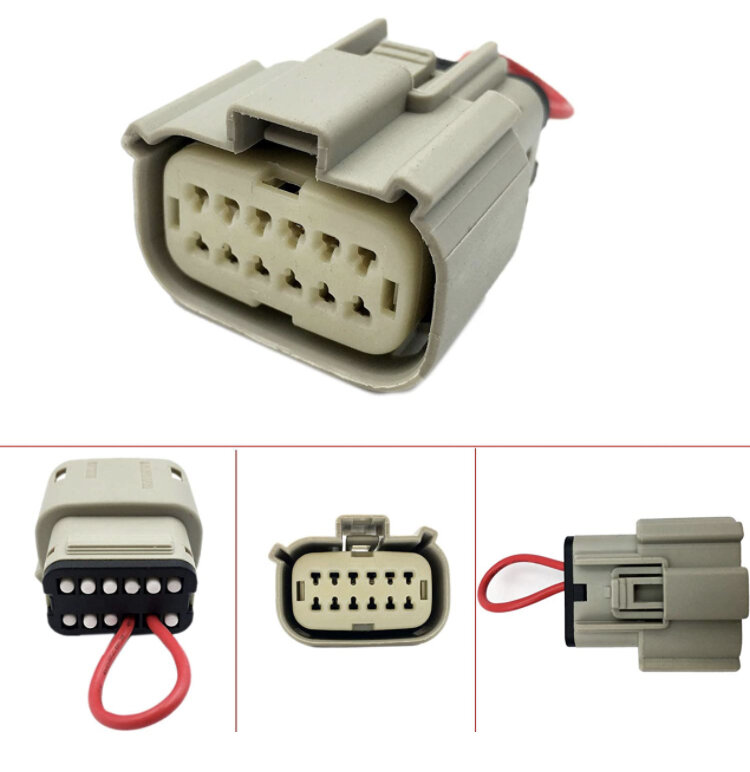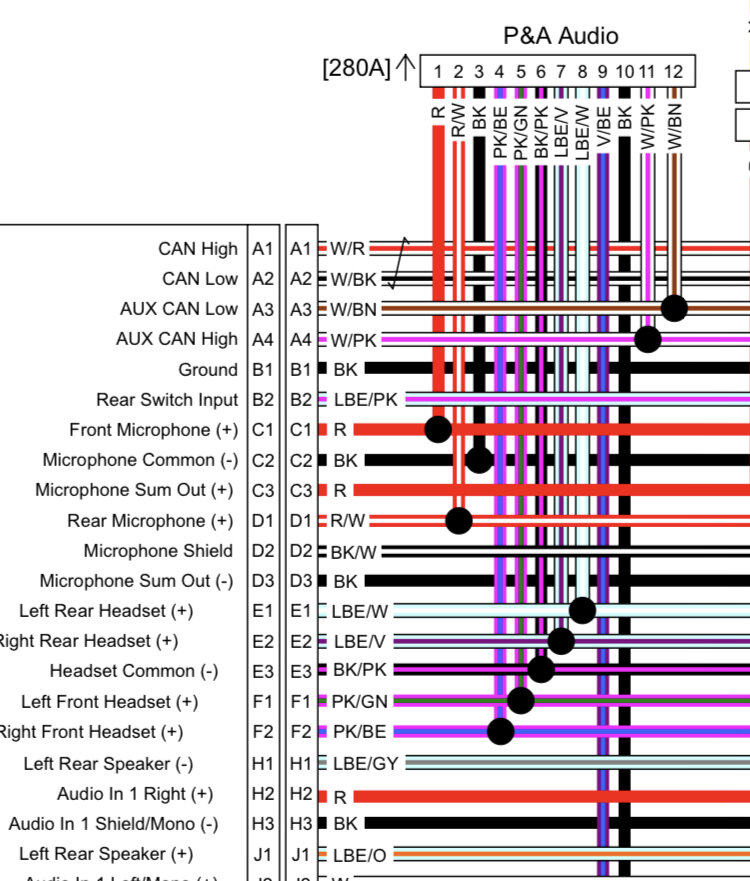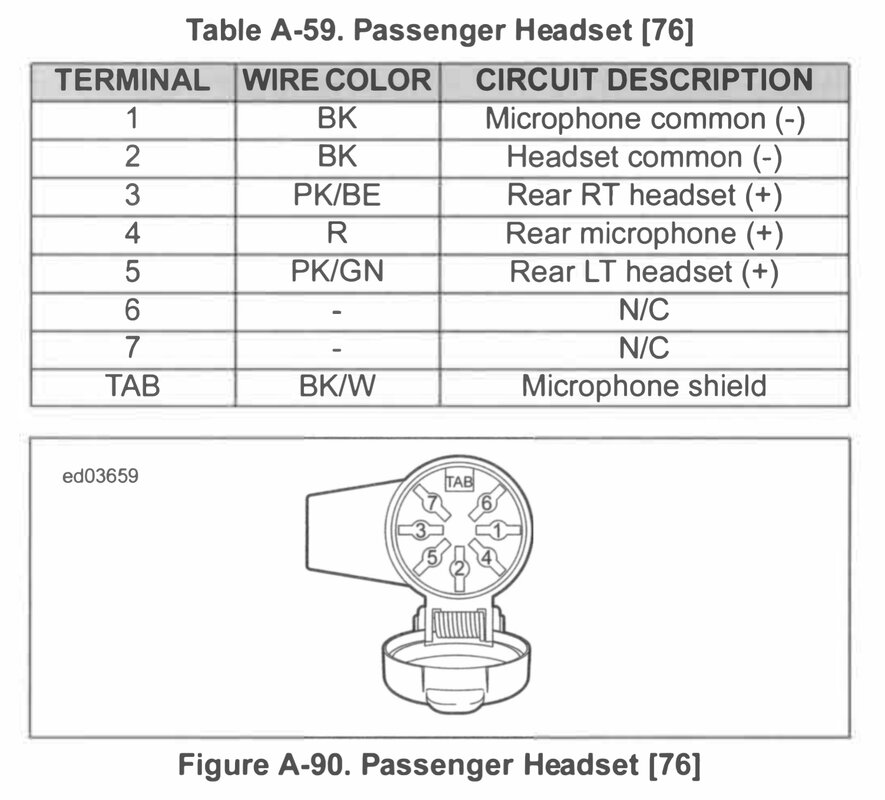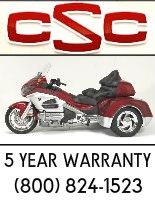The new Harley Boom! GTS Radio in late–model touring bikes is certainly an improvement over the old 6.5 GT unit in previous ones.
This is the radio in our 2021 Tri Glide Ultra.
The processor is much faster and the NAV comes online so much quicker.
It’s even capable of Apple CarPlay IF you use Harley wired headsets.
Some folks have elected to go with the H-D WHIM and the Harley-branded Sena headsets… I decided to try to integrate our existing SENA 5S headsets by using the Freewire -01 interfaces as we already had the 5S units.
Some things I’ve discovered:
Yes, you have to have one Freewire for the rider and a second one for the passenger; each unit is paired to their respective headset (rider or passenger).
The Sena Bluetooth headsets used with the Freewire must have Bluetooth 4.x or higher (so if you have an old SMH10, etc. you’re out of luck).
They do support stereo coming out of the GTS radio, and intercom, nav prompts, etc.
When you plug your iPhone into the USB port in the media bay in the fairing you will only be able to use it as a media device, even if CarPlay is enabled in the phone, and Projection is enabled in the GTS radio.
Using this setup CarPlay never appears on the radio because it says it doesn’t see a microphone.
The problem has to do with the microphone impedance that the Freewire unit presents to the GTS audio system; the older radios like the Boom! 6.5 use a higher impedance microphone, where the new system expects to see a low-impedance mic.
This is why some older Harley wired headsets will not work properly with the new radios.
There are even CarPlay bypass plugs you can buy on Amazon and eBay; these enable CarPlay by effectively putting a jumper between the mic + and -terminals (typically for the passenger) on the radio… this presents a low impedance path on the microphone circuit and fools the radio into thinking there is a wired headset attached.


As you can see, all these bypass plugs do is put in a jumper that shorts out the microphone circuit for the passenger. (pins 2 & 3 on connector 280A… and a dead short is extremely low impedance ��)
The upside to using the plug is if you never want to use intercom (or plug a passenger headset in - or any headset at all) this will give you CarPlay on the radio.
You can still use this bypass plug to enable CarPlay if you are using a Freewire for the rider position ONLY and don’t carry a passenger (or don’t care for the passenger talking on the intercom).
In this scenario with the CarPlay bypass plug installed the passenger will still be able to hear you over the intercom and hear the radio - but not be able to talk because their mic is effectively shorted. Some people that have been married a while might consider this an ‘undocumented feature’ lol.
I brought this mic impedance problem to the attention of Sena and requested this be added as a feature set for use with the newer radios… this could be implemented on the circuit board itself, or (better yet) with a different 7-pin connection cord that has an impedance matching transformer to give the GTS radio what it’s looking for to enable CarPlay.
As for me, I will likely run most of the time with two Freewires installed and no bypass plug so my wife can get a word in on the intercom; this will be at the expense of CarPlay functionality.
I also plan on taking the existing bypass plug I have and actually running the wires back to a switch on the fairing so I can re-enable this feature when I’m riding solo… then I can use Apple Maps or Waze if I desire.
This is the radio in our 2021 Tri Glide Ultra.
The processor is much faster and the NAV comes online so much quicker.
It’s even capable of Apple CarPlay IF you use Harley wired headsets.
Some folks have elected to go with the H-D WHIM and the Harley-branded Sena headsets… I decided to try to integrate our existing SENA 5S headsets by using the Freewire -01 interfaces as we already had the 5S units.
Some things I’ve discovered:
Yes, you have to have one Freewire for the rider and a second one for the passenger; each unit is paired to their respective headset (rider or passenger).
The Sena Bluetooth headsets used with the Freewire must have Bluetooth 4.x or higher (so if you have an old SMH10, etc. you’re out of luck).
They do support stereo coming out of the GTS radio, and intercom, nav prompts, etc.
When you plug your iPhone into the USB port in the media bay in the fairing you will only be able to use it as a media device, even if CarPlay is enabled in the phone, and Projection is enabled in the GTS radio.
Using this setup CarPlay never appears on the radio because it says it doesn’t see a microphone.
The problem has to do with the microphone impedance that the Freewire unit presents to the GTS audio system; the older radios like the Boom! 6.5 use a higher impedance microphone, where the new system expects to see a low-impedance mic.
This is why some older Harley wired headsets will not work properly with the new radios.
There are even CarPlay bypass plugs you can buy on Amazon and eBay; these enable CarPlay by effectively putting a jumper between the mic + and -terminals (typically for the passenger) on the radio… this presents a low impedance path on the microphone circuit and fools the radio into thinking there is a wired headset attached.


As you can see, all these bypass plugs do is put in a jumper that shorts out the microphone circuit for the passenger. (pins 2 & 3 on connector 280A… and a dead short is extremely low impedance ��)
The upside to using the plug is if you never want to use intercom (or plug a passenger headset in - or any headset at all) this will give you CarPlay on the radio.
You can still use this bypass plug to enable CarPlay if you are using a Freewire for the rider position ONLY and don’t carry a passenger (or don’t care for the passenger talking on the intercom).
In this scenario with the CarPlay bypass plug installed the passenger will still be able to hear you over the intercom and hear the radio - but not be able to talk because their mic is effectively shorted. Some people that have been married a while might consider this an ‘undocumented feature’ lol.
I brought this mic impedance problem to the attention of Sena and requested this be added as a feature set for use with the newer radios… this could be implemented on the circuit board itself, or (better yet) with a different 7-pin connection cord that has an impedance matching transformer to give the GTS radio what it’s looking for to enable CarPlay.
As for me, I will likely run most of the time with two Freewires installed and no bypass plug so my wife can get a word in on the intercom; this will be at the expense of CarPlay functionality.
I also plan on taking the existing bypass plug I have and actually running the wires back to a switch on the fairing so I can re-enable this feature when I’m riding solo… then I can use Apple Maps or Waze if I desire.







